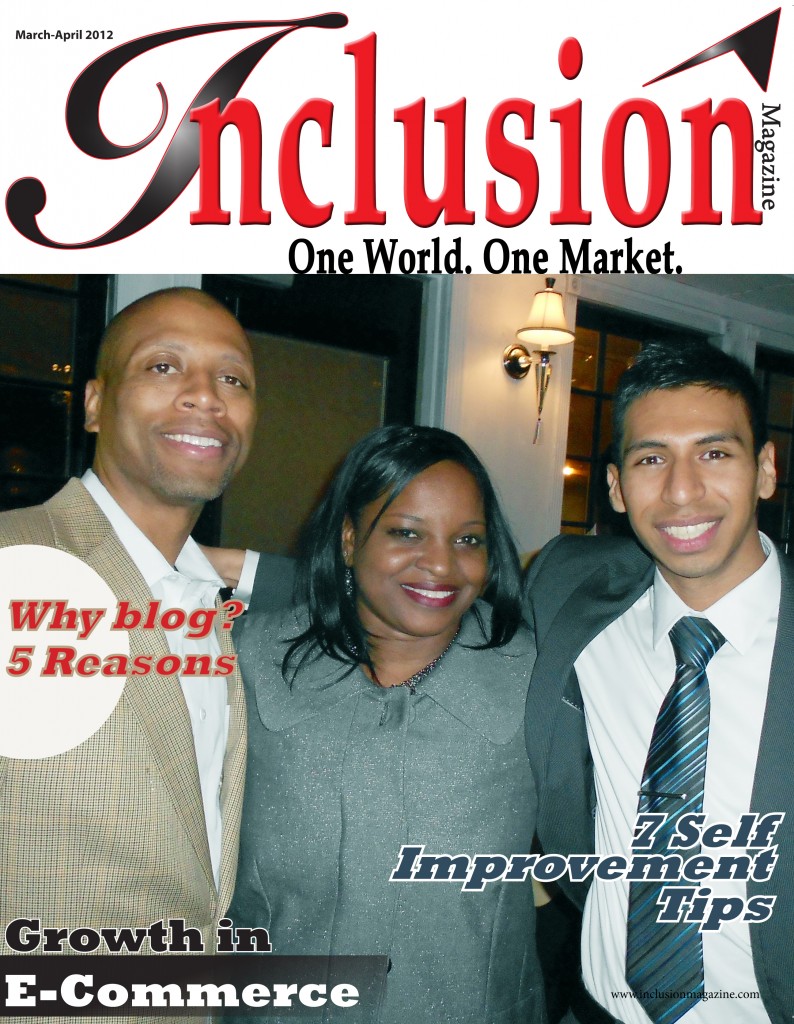By Rajeshni Naidu-Ghelani
Global real estate markets had a forgettable last year, with prices rising a paltry 0.5 percent, leading to gloomy forecasts for 2012. But over the past five years, prices have registered huge gains, sparking fears of an asset bubble and concerns over the impact of high household debt.
We’ve put together a list of the world’s 10 hottest property markets based on research by global real estate consultancy Knight Frank, which ranks countries according to highest average growth in housing prices from the fourth quarter of 2006 to the same period in 2011.
The national five-year averages reflect mainstream housing prices in most major cities in all the listed countries expect China, which only includes home prices in Beijing and Shanghai.
10. Switzerland
5-year price growth: 27.5 percent
As home to some of the world’s most expensive cities with some of the world’s most coveted real estate, Switzerland has seen property prices boom in the past five years.
Ultra-low interest rates meant to put a lid on the surging franc and slowing growth have sparked the surge. A real estate bubble index published by UBS hit its highest level in nearly 20 years in the fourth quarter of 2011. The index rose to 0.80 points, close to 1, when the market is considered risky.
The Swiss National Bank has also repeatedly pledged to stem what it views as excessive mortgage lending. The OECD, meanwhile, warned in January that Switzerland needed to take steps like phasing out tax allowances on interest expenses to rein in credit in order to avoid a housing bubble.
According to Knight Frank, out of 63 cities surveyed worldwide in 2011, Switzerland’s St. Moritz, Gstaad, and Geneva were among the 10 most-expensive places, measured by square-meter costs.
The average square-meter price of a prime property in Geneva was $31,900 in the fourth quarter of 2011, while the square-foot cost was $3,000.
9. Malaysia
5-year price growth: 28.5 percent
In an attempt to curb spiraling house prices in Malaysia, the government is considering doubling the entry price for foreigners buying property in the country.
Under pressure from middle-class Malaysians who feel priced out of the real estate market by overseas buyers, the government may raise the minimum price of homes that foreigners can purchase from $162,972 to $325,944.
In the third quarter of last year, home prices rose 6.6 percent year on the year, according to Knight Frank. (Fourth quarter prices were not available.) Prime property in the capital Kuala Lumpur cost about $5,000 per square meter or $500 per square foot in 2011.
Economic development in the country, which has seen growth of over 5 percent in 2011, has also wetted the appetite for high-end condominiums that house smaller units but provide amenities like gyms and pools. About 11 high-end condominium buildings were completed in Kuala Lumpur last year, bringing the total supply of apartments to 29,364. A further 2,599 units are scheduled for completion in 2012, according to Knight Frank.
7. Norway (tie)
5-year price growth: 28.7 percent
Switzerland and Norway are the only European countries to make the list of the world’s hottest housing markets.
Unlike most European nations that face a gloomy economic outlook, oil-rich Norway is set to expand 2.7 percent in 2012. Low interest rates have led citizens to take on debt to buy property contributing to a jump in prices that gained 6.8 percent year on year in March.
Another incentive for Norwegians to buy property is a 28 percent tax deduction on interest payments. An unexpected cut in interest rates to 1.5 percent in March further raises the risk of an already developing housing bubble.
In February, the IMF warned that Norwegian home prices were up to 20 percent overvalued. According to government figures, housing prices are seen to be growing almost twice as fast as wages this year. Housing prices in the west coast city of Stavanger , which is the capital of the country’s oil industry, rose 92 percent between 2005 and 2011.
7. Canada (tie)
5-year price growth: 28.7 percent
Canada’s housing market has stayed robust over the past few years, unlike its neighbor the U.S., where the housing market is still to recover from the 2008 global financial crisis.
Existing home sales in Canada rose 8.6 percent in February, compared to a year earlier, while housing starts beat expectations in March to 215,600 units, up from 205,300 in February, largely due to a surge in apartment construction.
The country’s most populous province Ontario, which has seen heavy investment come into condominiums, had multiple urban starts shoot up more than 50 percent in March, according to the Canada Mortgage and Housing Corporation. The IMF warned in December that Canadian homes were overpriced on average by 10 percent .
Canada’s most expensive property market, Vancouver, has also been a big draw for foreign buyers. Despite no official figure on the number of homes sold in the city to mainland Chinese investors , the group is said to be pushing the market up. Often ranked among the world’s best places to live, Vancouver saw property prices in prime markets jump 10.4 percent in the third quarter of 2011 from the period last year, according to Knight Frank. (Fourth quarter prices were not available.)
The average price for a residential property in Vancouver was $734,207 in December, compared with the national average of $358,261, according to the Canadian Real Estate Association.
6. Taiwan
5-year price growth: 30.1 percent
Taiwan is one of the world’s most densely populated countries. Rapid urbanization has led to crowded housing conditions in its biggest metropolitan center — Taipei.
Despite housing prices rising more than 30 percent on average between 2006 and 2011, Taiwan saw prices dip 4.1 percent in 2011, according to Knight Frank. The decline in prices is a result of tightening measures like the “luxury tax” that the government implemented last year.
A 10 percent tax is now levied on any investment property sold within two years, rising to 15 percent if the property is sold within one year. The tax does not apply to properties the owners live in. However, the length of time it takes to sell a home fell to a six-month low in March, pointing to signs of recovery in Taiwan’s housing market, according to the country’s largest mortgage broker H&B Realty.
5. Colombia
5-year price growth: 39.4 percent
Colombia is the only South American country to make the list.
Rapid economic expansion, with GDP growth of nearly 6 percent in 2011 — its highest in four years — has led to an increase in house buying especially among the growing middle-class. Plus a decade-long military offensive against illegal armed groups has made it safer to do business in the country, attracting a flood of foreign investment, which has in turn boosted property prices. Foreign direct investment jumped more than 30 percent in the first quarter of 2012 to $4.2 billion compared to the period last year.
Property prices went up 3.2 percent year on year in 2011, while new home sales were up 19 percent in the first half of last year compared to the period a year earlier, according to government figures.
4. Singapore
5-year price growth: 50.5 percent
Singapore is the most expensive real estate market in Southeast Asia. The average price of a prime property in the city-state was $25,600 per square meter or $2,600 per square foot in the fourth quarter of 2011, according to Knight Frank.
The country also ranked as the third most expensive city to rent high-end property in Asia last year after Hong Kong and Tokyo, according to research firm ECA International. Low interest rates and a wave of immigration in recent years have boosted demand for homes.
A regional financial hub, Singapore has a large foreign population that’s helping to drive home prices. Foreigners make up more than one-third of Singapore’s 5.2 million people and accounted for 18 percent of new homes sold in the third quarter of 2011, according to Citigroup. Among foreign buyers, mainland Chinese are the largest group , accounting for 30.6 percent of foreign sales in the third quarter of 2011, according to real estate firm DTZ.
Public discontent over soaring property prices has led the government to implement measures to cool the market. In December, the government hit foreign property buyers with an additional stamp duty equal to 10 percent of the property value. This has contributed to property prices marking their first quarterly fall in nearly three years of 0.1 percent in January to March this year.
3. Israel
5-year price growth: 54.5 percent
Israel is holding on to its spot as the third-hottest housing market in the world since 2009, when house prices jumped more than 21 percent, followed by 16 percent growth in 2010, according to Knight Frank.
High home prices in Israel led to a series of protests in 2011 with demonstrators asking the government to intervene to cool the market. Thousands of protesters made headlines with tent cities last July to voice concerns over a housing shortage and high rentals. The demonstrations seem to have had an effect on property prices, which fell 1.2 percent in 2011, according to Knight Frank.
However, after an interest rate cut from 3.25 percent to 2.5 percent in February, there appears to be resurgence in property demand, with new mortgages issued by banks jumping more than 14 percent in March compared to the two pervious months.
2. Hong Kong
5-year price growth: 93.7 percent
Property in Hong Kong is among the world’s most expensive. As a major global financial center, the city overtook London last year as the world’s most expensive office rental market, according to Knight Frank.
In the fourth quarter of 2011, the average price of a home in prime areas was about $47,500 per square meter or $4,400 per square feet — the fourth-highest in the world.
The growing wealth of mainland Chinese, coupled with China’s property restrictions, has led to an influx of mainland buyers into Hong Kong’s residential market in recent years. According to industry estimates, three in 10 deals in Hong Kong’s luxury property markets are done by mainland Chinese buyers.
Protests from locals over high prices and foreign buying led the Hong Kong Monetary Authority to introduce a measure last year that requires buyers whose principal incomes are not in Hong Kong to pay an extra 10 percent in down payment when buying a house.
All this has led to a slowdown in recent months. Housing prices grew only 11.3 percent in 2011, compared with 20.1 percent in 2010, according to Knight Frank. And year-to-date prices have grown by a more moderate 6.7 percent , according to market estimates. Sales of luxury homes valued over $1.29 million also decreased 23.6 percent in February following a 17.4 percent fall in January, according to Knight Frank.
1. China
5-year price growth: 110.9 percent
China is the world’s hottest property market. Housing prices in major cities Beijing and Shanghai have surged by over 110 percent in the past five years as the world’s second biggest economy experiences rapid growth.
A home in Shanghai’s prime areas cost $19,400 per square meter or $1,800 per square foot in the fourth quarter of 2011. In Beijing, the same home cost an average $17,400 per square meter or $1,600 per square foot, according to Knight Frank.
Fears of a developing asset bubble have led the government to spend much of the last two years reining in red-hot house prices by limiting multiple home purchases, raising interest rates and hiking bank reserve requirements. The years of tightening measures started showing results in the second half of last year with home prices marking a fifth straight month-on-month drop to 0.1 percent in February.
Despite the recent cooling, the country’s home prices are still far from a reasonable level, according to Premier Wen Jiabao, who has maintained that the government will not relax tightening restrictions this year. China’s average home prices are expected to fall between 10 percent and 20 percent in 2012, according to a Reuters survey.
The country’s property developers, meanwhile, have enjoyed rising sales this year. Vanke, China’s biggest developer by sales, reported March sales rising 24 percent year on year — the second-straight month of gains. While the country’s largest developer by market value, China Land Overseas, saw February sales hit $1.7 billion, up 209 percent from the same month a year ago.










